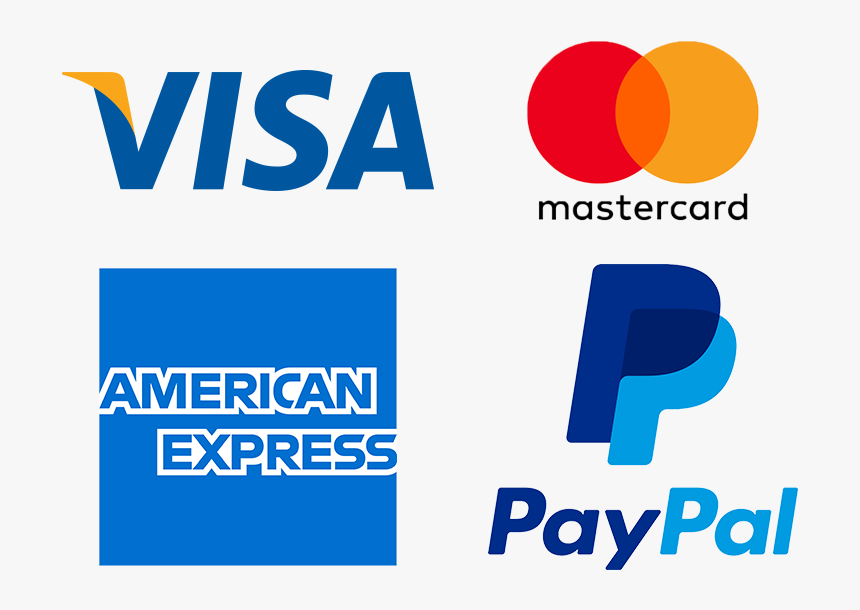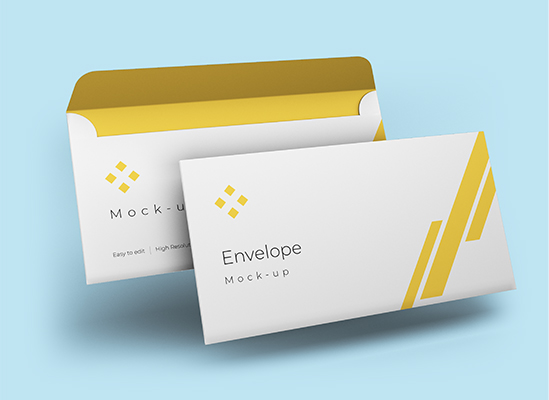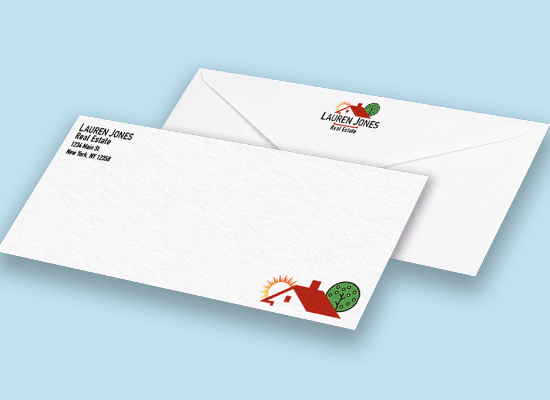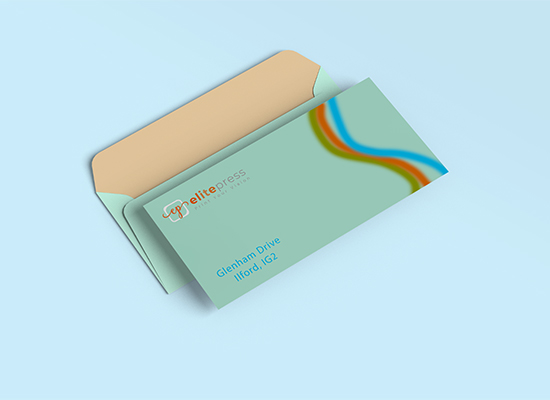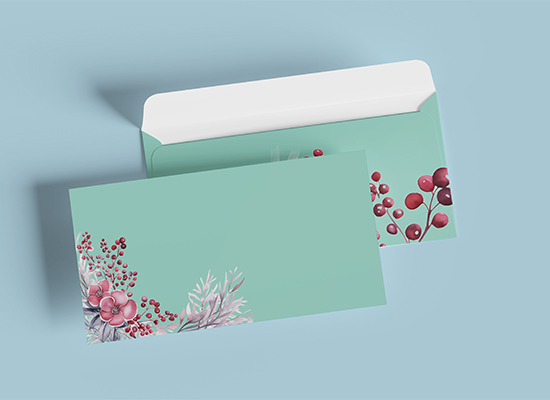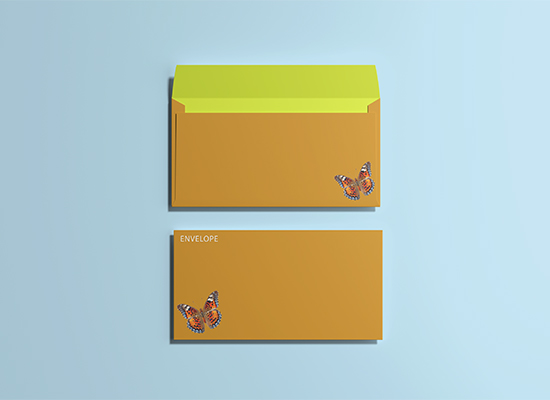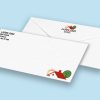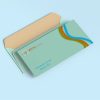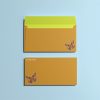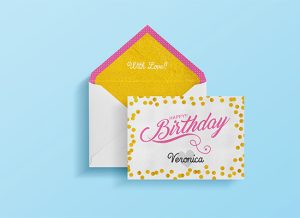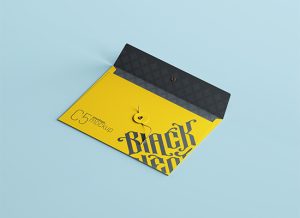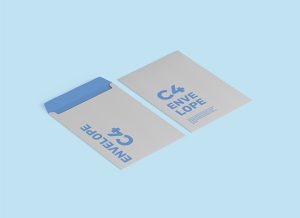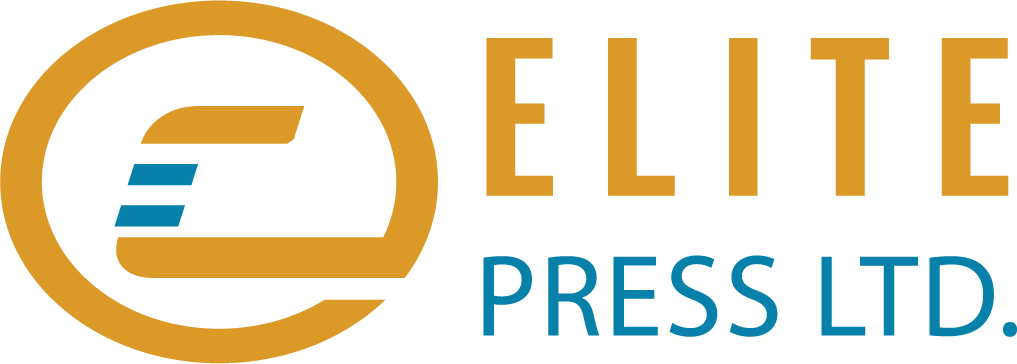Related Products
Additional Information
Create DL envelopes for a sleek, professional mailing option. Ideal for sending A4 documents folded to DL size, invoices, and brochures.
DL Envelopes: A Comprehensive Overview
DL envelopes are one of the most commonly used envelope sizes in both business and personal correspondence. Known for their sleek, rectangular shape, DL envelopes measure 110 mm x 220 mm (4.3 inches x 8.7 inches), making them perfectly suited for holding a standard A4 sheet of paper folded into thirds (in a “letter fold”). Their practicality, cost-effectiveness, and adaptability to a wide range of applications make them a staple for mailers, offices, and individuals.
In this guide, we will explore the dimensions, uses, materials, designs, and advantages of DL envelopes, as well as important considerations when choosing them for your mailing needs.
Dimensions and Design of DL Envelopes
The DL envelope (which stands for “Dimension Lengthwise”) is designed to fit A4 paper (210 mm x 297 mm) that has been folded into thirds along its width. This makes it an ideal size for mailing letters, invoices, promotional materials, and more. The envelope’s long, slim profile is practical and professional, often used for correspondence where efficiency and economy are key concerns.
Here are some key characteristics of DL envelopes:
- Standard Dimensions: 110 mm x 220 mm.
- Fits A4 Paper Folded in Thirds: Perfect for standard office letters and official documents.
Common Uses of DL Envelopes
DL envelopes are highly versatile and widely used for a variety of purposes, particularly in professional settings. Here are the most common applications:
- Business Correspondence:
- Letters: DL envelopes are the go-to size for mailing business letters. The standard A4 sheet folded into thirds fits perfectly inside the envelope, making it ideal for sending formal correspondence such as cover letters, job applications, or official communications.
- Invoices and Statements: DL envelopes are frequently used to mail invoices, financial statements, and bills. Their size accommodates multi-page A4 documents, and their slim shape makes them easy to handle and organize.
- Direct Mail and Marketing:
- Brochures and Flyers: Businesses use DL envelopes for sending promotional materials such as brochures, flyers, or special offers. Folded A4 paper fits neatly into these envelopes, allowing for professional presentation without additional folding or trimming.
- Postcards and Vouchers: Many marketing campaigns include vouchers or postcards that fit into DL. Their compact size makes them an ideal vehicle for delivering promotions or discounts directly to potential customers.
- Personal Correspondence:
- Greeting Cards: DL envelopes are also used for sending personal greeting cards, thank-you notes, or invitations. Their long, elegant shape offers an appealing presentation, particularly for minimalist or modern card designs.
- Holiday Cards: Seasonal greetings, such as Christmas or birthday cards, often come in a DL format. The slim envelope adds a touch of sophistication to personal notes or well-wishes.
- Legal and Official Documents:
- Contracts and Forms: DL envelopes are widely used for mailing legal documents, contracts, and forms. When A4 paper is folded, DL ensure that documents are presented neatly and professionally.
- Tax Returns: Many tax returns and government forms are submitted in DL envelopes, making them a familiar choice for handling official documents.
Materials and Styles of DL Envelopes
DL envelopes are available in a variety of materials, designs, and finishes, making them suitable for different uses and preferences. Here’s an overview of the most common options:
- Materials:
- Standard Paper: DL envelopes are commonly made from lightweight, standard paper, typically between 80 and 100 gsm (grams per square meter). This type of material is affordable and suitable for everyday business or personal correspondence.
- Luxury Paper: For special occasions, such as invitations or formal letters, DL envelopes made from higher-quality paper (120 gsm to 180 gsm) are often used. These envelopes feel more substantial and offer a more polished, premium appearance.
- Recycled Paper: Eco-conscious businesses and individuals often choose DL envelopes made from recycled paper. These envelopes are made from post-consumer waste materials and provide a sustainable alternative without sacrificing quality.
- Colors and Designs:
- White or Cream: The most common color for DL envelopes is white, providing a clean, professional appearance suitable for both business and personal use. Cream-colored envelopes are also popular for their softer, more refined look.
- Colored Envelopes: DL envelopes are available in a wide range of colors, allowing businesses and individuals to match their branding or event theme. Colored envelopes are often used for marketing campaigns, invitations, or holiday cards where visual impact is important.
- Textured Envelopes: Textured finishes, such as linen or laid paper, can add a tactile element to DL envelopes. These are often chosen for special events or formal correspondence where a more luxurious feel is desired.
- Finishes:
- Matte: Matte DL envelopes are widely used for business correspondence, offering a subtle, professional finish. The non-reflective surface gives a polished, understated look that is appropriate for most formal communications.
- Glossy: Glossy finishes provide a sleek, shiny appearance, making them ideal for invitations or marketing materials where visual appeal is important. These envelopes are eye-catching and can help draw attention to the contents.
- Metallic: Metallic finishes, such as gold or silver, are often used for high-end invitations or luxury branding. Metallic DL add a sense of elegance and exclusivity to any mailing.
- Window vs. Non-Window:
- Window Envelopes: DL window envelopes feature a transparent window on the front, allowing the recipient’s address to be visible through the envelope. This is useful for business mail where the address is pre-printed on the document inside, saving time and effort during the mailing process.
- Non-Window Envelopes: Non-window DL provide full coverage and are often used for more formal or personal correspondence, such as letters or invitations where the envelope itself serves as a part of the presentation.
Seal Types for DL Envelopes
There are several types of sealing mechanisms for DL each offering different levels of convenience and security:
- Gummed Flap: The traditional gummed flap requires moistening to seal the envelope. This method is commonly used for business mail and personal correspondence, though it can be less convenient for bulk mailings.
- Self-Seal or Peel-and-Seal: DL self-seal envelopes feature an adhesive strip covered by a protective paper strip. To seal, the user simply peels off the strip and presses the flap down. This type of envelope is widely used in office settings and bulk mailing because it is quick and easy to seal.
- Press-Seal: Press-seal envelopes have pre-applied adhesive, requiring only a light press to seal the envelope securely. This method is convenient and time-saving, making it a popular choice for high-volume mailing.
Advantages of DL Envelopes
- Cost-Effective: DL envelopes are smaller than larger formats like C5 or C4, making them more affordable for both manufacturing and postage. This makes them ideal for bulk mailings, direct mail campaigns, or everyday business correspondence.
- Compact and Convenient: The slim profile of DL envelopes makes them easy to handle and organize. Whether sending out bills, letters, or promotional materials, the size allows for quick, efficient mailing without excess bulk.
- Professional Appearance: DL envelopes provide a professional look, especially when paired with folded A4 documents. This size is widely recognized in the business world, making it an appropriate choice for formal correspondence.
- Customizable: DL envelopes are easily customizable with logos, branding, or personal designs. Many businesses print their logo or address directly on the envelope, reinforcing brand identity with each piece of correspondence.
- Environmentally Friendly Options: Many DL envelopes are available in recycled materials, making them an eco-friendly choice for businesses or individuals committed to sustainability.
Considerations When Using DL Envelopes
- Limited Capacity: DL envelopes are designed to hold folded A4 paper, but they may struggle to accommodate bulkier items like thick brochures or multi-page reports. For larger documents or booklets, a larger envelope size like C5 or C4 may be more appropriate.
- Not Ideal for Unfolded A4 Paper: Since DL require A4 paper to be folded, they are not suitable for sending full A4 sheets without creases. If maintaining the flat condition of documents is important, a C4 envelope would be a better choice.
Conclusion
DL envelopes are a versatile, professional, and cost-effective choice for both business and personal correspondence. Their compact size allows for easy mailing of A4 sheets folded in thirds, making them ideal for letters, invoices, marketing materials, and greeting cards. With a wide range of materials, colors, and finishes available, DL can be customized to suit various needs and preferences, ensuring that your correspondence is both professional and visually appealing. Whether you’re running a business, organizing a marketing campaign, or sending out personal letters, DL offer a practical and polished solution for all your mailing needs.
Get Your Quote
My Account
About Us
Our Products
Contact
Follow Us On
We Accept
